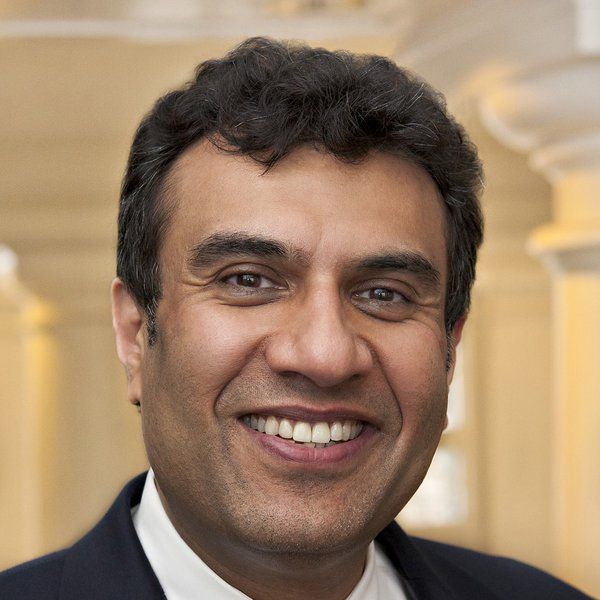News
Video
Raj Chovatiya, MD, PhD: Long-Term Implications of Type 2 Inflammation Management
Author(s):
This interview segment explored the major takeaways from Dr. Chovatiya’s presentation on Type 2 Inflammation in eczema, prurigo nodularis, and chronic spontaneous urticaria.
This interview segment featured a discussion with the HCPLive editorial team and Raj Chovatiya, MD, PhD, regarding the long-term implications of managing Type 2 inflammation in dermatologists’ clinical practices, including anticipated improvements in care.
Chovatiya serves as director of the Center for Eczema and Itch at Northwestern, as well as assistant professor of dermatology at the Feinberg School of Medicine at Northwestern University.
This discussion pertained to Chovatiya’s talk given at the 2023 Fall Clinical Dermatology Conference in Las Vegas, specifically covering Type 2 inflammation in atopic dermatitis (AD), prurigo nodularis (PN), and chronic spontaneous urticaria (CSU).
“There are some diseases that we've kind of known a little bit more about in dermatology, just based on the last few years,” Chovatiya said. “Atopic dermatitis being one of those. Prurigo nodularis is one of those that we’re kind of learning more about. And chronic spontaneous urticaria, despite being a skin condition, is one that might be a little foreign to us in dermatology, just because we have oftentimes shared these patients with allergy and other specialists.”
Chovatiya added that, in his view, the time is coming for dermatologists to begin to take ownership across all of these diseases, given the long term burden they have for patients in terms of both signs and symptoms.
“So I think that we really need to think about not only the short term, but the long term when it comes to efficacy, thinking about safety, thinking about ways that we measure long term control,” he explained. “And we’ve actually seen a nice movement in all 3 of these diseases for designing long term control tools to best assess how activity of the disease goes over time. So I think that has to be an important part of any therapeutic development we have in this space.”
Later, Chovatiya was asked to express the biggest takeaways he hopes clinicians viewing his presentation at the conference walk away remembering.
“I think that, hopefully to the audience, the reason why we need to diagnose and treat atopic dermatitis correctly is sort of clear now after the last several years, where that's been a big talking point for not only you and me, but generally the field. Prurigo Nodularis, I think, is one of those diseases that still behooves us to remind folks about why we diagnose it, why we treat it, and the immense burden that we have on patients. But I really want people to take away some principles of chronic spontaneous urticaria in terms of not only the diagnosis, and current management, but the real burden it has for patients.”
Chovatiya added that this approach is what is seen with the other diseases such as AD and PN.
“I think that it's still somewhat of a mystery in terms of what's really happening below the surface,” he said. “So I think it's really important for all of us to just think about the disease and understand that it's a skin condition and we treat skin conditions. So we really need to take full ownership of these patients.”
For more on Chovatiya’s conference presentation, view the full video segment posted above.
The quotes contained in this summary were edited for the purposes of clarity.





